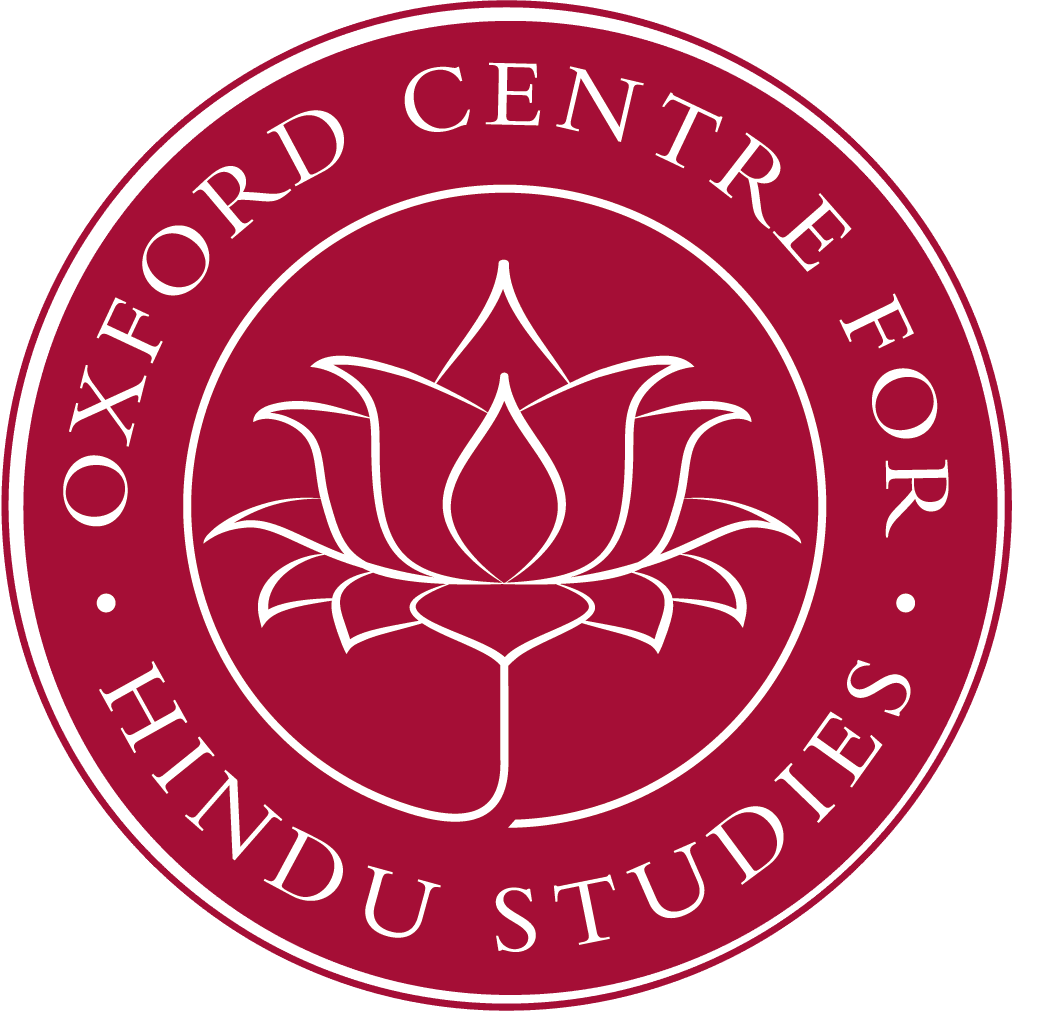The distribution of Buddhist and early temple sites shows that they overlap in the lower Krishna basin. But more noticeable is the clustering of early temple sites in the two interior districts of Mahboobnagar and Kurnool in Andhra where no Buddhist sites have been found, for example temple sites such as Keesaragutta and Alampur. The most ornate of the early temples located in the Eastern Deccan are those at the site of Alampur situated at the confluence of the rivers Tungabhadra and Krishna. The sites of Aihole, Badami and Patadakal formed the core area of temple construction in central Deccan. Inscriptions dating from 8th to 12th centuries from these temple sites, especially Aihole provide valuable information on the operations of the merchant guild Ayyavole and donations made by them to the temple complex. The importance of the sites of Aihole-Pattadakal-Badami in the development of multi-layered sacred space in central Deccan is undeniable and this presentation locates these temple complexes within their social domains.
Archives: Lectures
Hinduism II: Bhakti through vernacular traditions (eight lectures)
Eight Sessions
Session 1: Historical Overview of Bhakti in India
Session 2: South Indian Bhakti Traditions: Tamil Alvars
Session 3: North Indian Bhakti Traditions: Kabir, Mirabai, Tulsidas
Session 4: South Indian Shaiva Bhakti: Tamil Nayanmars
Session 5: Shaiva Bhakti in the North (Kashmir)
Session 6: The Goddess Bhakti Tradition of India
Session 7: Goddess in Bengal Tradition (Kali, Uma)
Session 8: Goddess in Popular Hinduism
Dextrous deity, diffident devotee: A study of the Shivanadalahari
Shivdasani Seminar
Nilima Chitgopekar is Associate Professor of History in the Jesus and Mary College, Delhi University. She has written books dealing with the Shaiva pantheon which include, Encountering Sivaism: The Deity, the Milieu, the Entourage (Munshiram Manoharlal Publishers), and The Book of Durga (Penguin), and edited Invoking Godesses: Gender Politics in Indian Religion (Shakti Books). Her forthcoming title, Rudra:The Idea of Shiva (Penguin), a fictionalised biography of Shiva, will be released in June 2005.
The devotion to and puissance of beauty: The case of the Saundaryalahari
Shivdasani Seminar
Nilima Chitgopekar is Associate Professor of History in the Jesus and Mary College, Delhi University. She has written books dealing with the Shaiva pantheon which include, Encountering Sivaism: The Deity, the Milieu, the Entourage (Munshiram Manoharlal Publishers), and The Book of Durga (Penguin), and edited Invoking Godesses: Gender Politics in Indian Religion (Shakti Books). Her forthcoming title, Rudra:The Idea of Shiva (Penguin), a fictionalised biography of Shiva, will be released in June 2005.
Hinduism I series: Themes and textual sources (eight lectures)
This series of eigth lectures offers a thematic and historical introduction to Hinduism for students of theology and religious studies. Focussing on the brahmanical tradition we will explore the textual sources, categories, practices and social institutions that formed that tradition. Primary texts in translation will provide the basis for reflection on both philosophical and social issues such as dharma, renunciation, caste, and concepts of deity. Not only presenting an account of the texts and traditions, the course will raise theological and cultural questions about the relation between reason and practice, person and world, and society and gender. The last two lectures will examine contemporary traditions in Kerala and we will conclude with a consideration of Hinduism and modernity. Lecture Schedule
Introduction: What is Hinduism?
The Vedas and Vedic traditions.
The Upanishads: the Chandogya and Svetashvatara
Dharma, society and gender
Theistic Traditions 1
Theistic Traditions 2
Local Traditions: Kerala
Hinduism and Modernity
Narratives in stone: The Ramayana in early deccan
Recitation from sacred texts including the Epics, the Ramayana and the Mahabharata was a crucial part of ritual activities at temples further reinforced by representations of themes from literature in narrative panels on temple walls. The most sustained visual narrative based on the Valmiki Ramayana dates from 5th to 8th centuries and is to be found on the Visnu temple at Deogarh dated to 425 AD, the contemporary temple at Nachna, as well as in the Deccan on the Durga, Papanatha and Virupaksa temples at Aihole – Pattadakal and at the Kailasa temple at Ellora. The Ramayana travelled to Southeast Asia towards the end of the first millennium AD, but the selection of themes and episodes to be depicted on monuments varied from place to place. This presentation analyses the Ramayana panels with a view to understanding the religious and cultural milieu of these shrines.
Colonial knowledge, archaeological reconstructions: The discovery of the Hindu temple in 19th-20th century India
The first lecture in the series traces the beginnings of the archaeology of religion in 19th-20th century India and highlights the trends that emerged in the study of the Hindu temple as a result of this intervention. Perhaps the most salient is the disjunction between religious praxis and theory and the study of architecture divorced from its ritual and philosophical moorings. A second is the change in the character of religious sites in the subcontinent from a culturally pluralistic personality to a monotheistic religious identity as a result of early archaeological legislation in the 19th century and more specifically from the early years of the 20th century onwards. This is best achieved by contrasting the ‘discovery’ of the site of Amaravati (1798-1867) with that of Nagarjunakonda (1920-1938) – both located along the river Krishna in the Guntur district of Andhra.
